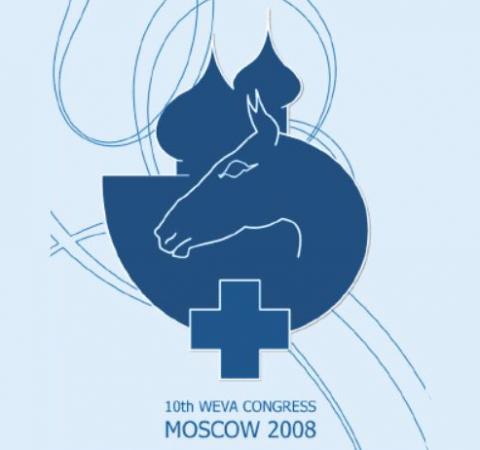Add to My Library
Would you like to add this to your library?
Get access to all handy features included in the IVIS website
- Get unlimited access to books, proceedings and journals.
- Get access to a global catalogue of meetings, on-site and online courses, webinars and educational videos.
- Bookmark your favorite articles in My Library for future reading.
- Save future meetings and courses in My Calendar and My e-Learning.
- Ask authors questions and read what others have to say.
The Decision to Operate and Surgery of the Small Intestine
Author(s):
T. Greet
Updated:
FEB 01, 2008
Languages:
Add to My Library
Would you like to add this to your library?
Get access to all handy features included in the IVIS website
- Get unlimited access to books, proceedings and journals.
- Get access to a global catalogue of meetings, on-site and online courses, webinars and educational videos.
- Bookmark your favorite articles in My Library for future reading.
- Save future meetings and courses in My Calendar and My e-Learning.
- Ask authors questions and read what others have to say.
Read
Diagnostic Techniques
- Clinical assessment of patient (endotoxaemia?)
- Rectal examination key
- Transabdominal ultrasonography (vital in foals)
- Although haematological and blood biochemical parameters are important, as yet a simple laboratory-based “surgical test”has proved elusive
- Response to analgesia remains critical in decision process
Cardiovascular Status
- Heart rate
- Mucous membrane colour
- Capillary refill time
- Evidence of other signs of circulatory collapse (eg DIC, laminitis etc) Red cell parameters (PCV, platelets etc)
Taking Blood
- PCV
- Total protein
- RBC
- WBC
- Fibrin degradation products
- Looking for hydration status, evidence of shock, infection, or DIC (platelets very low or evidence of FDPs)
- Chronic colic (variety of biochemical tests)
- Postoperatively ....... Electrolytes
Auscultation of the Abdomen
- Simple and non-invasive
- 4 “quadrants”
- Borborygmi variable
- Unreliable for “surgical diagnosis”
- Many surgical patients have a “silent” abdomen but may be hyperactive in early stages
- Caecal gas cap may be detectable by “ping test”
Manual Examination Per Rectum
- Clinician / handler safety
- Patient safety
- Adequate restraint (physical / chemical)
- Rectal “relaxation”
- Aim of the examination?
- To try to make a diagnosis without injury to patient or clinician!
- At the very least to attempt to differentiate the “medical” from the “surgical” patient [...]
Add to My Library
Would you like to add this to your library?
Get access to all handy features included in the IVIS website
- Get unlimited access to books, proceedings and journals.
- Get access to a global catalogue of meetings, on-site and online courses, webinars and educational videos.
- Bookmark your favorite articles in My Library for future reading.
- Save future meetings and courses in My Calendar and My e-Learning.
- Ask authors questions and read what others have to say.
About
Copyright Statement
© All text and images in this publication are copyright protected and cannot be reproduced or copied in any way.Related Content
Readers also viewed these publications
Provided by:



Comments (0)
Ask the author
0 comments